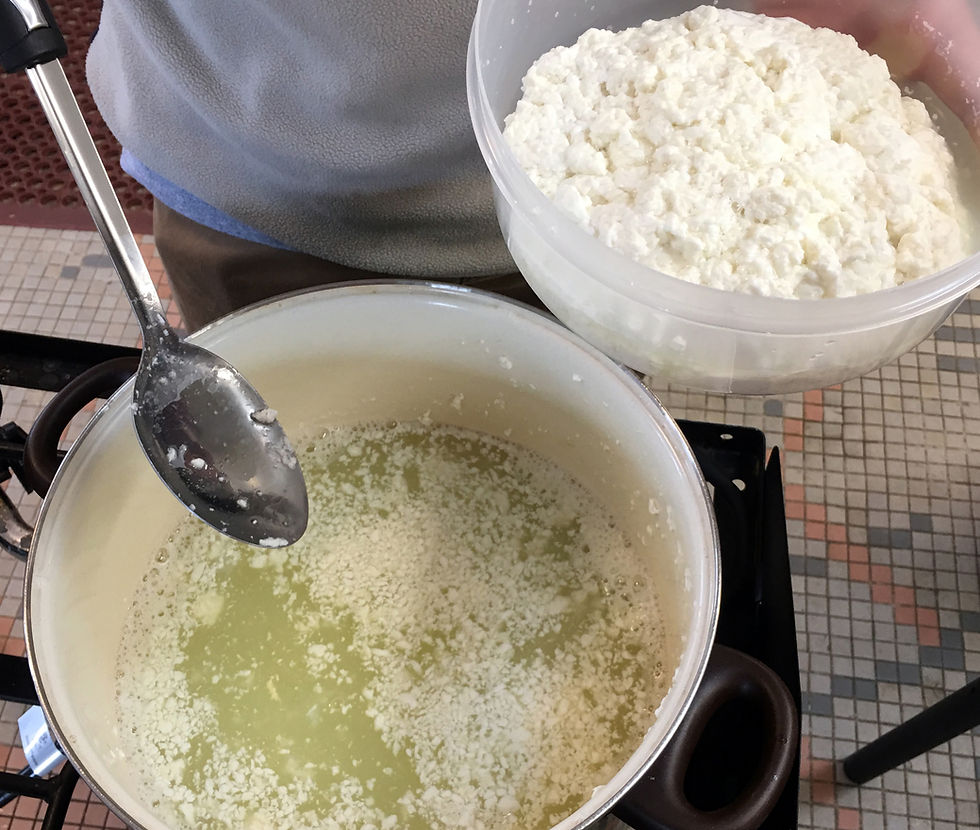When There's Not a Doctor in the House...
- FamilyDisasterPrep

- Feb 1, 2018
- 4 min read
Updated: Apr 15, 2018
Tracey: When you can’t run, you crawl. And when you can’t crawl, you… when you can’t do that… Zoe: You find someone to carry you. Firefly, “The Message” (episode 12)

There is an old saying in the medical field, "You are only as good as your equipment." What should be in a family first aid kit for disaster preparedness? Below is a suggested list:
First aid kit from a big box store. This will usually cost $10-$25 dollars. This will be a "boo boo" kit for minor issues. It should be noted that although I call it a "boo boo" kit, such supplies will cover the vast majority of first aid requests. The contents of such a first aid kit can prevent a small cut or scrape from becoming a major issue. In 1914, President Calvin Coolidge’s sixteen year old son had a blister on his right foot from playing tennis. A blood infection developed and a week later he died. One wonders if a small antibiotic packet from a typical modern first aid kit could have prevented his untimely death.
First Aid Kit Equipment:
Temporal thermometer such as Braun NTF3000US No Touch Plus, available at CVS Pharmacy or Amazon.
Non battery thermometer such as Mercury-Free, Glass, Oral Thermometer C/F available at Walmart or Amazon. This is a reliable backup to a temporal thermometer.
Medical gloves and face masks for personal protective equipment.
Hand sanitizer gel
Scissors for cutting gauze, tape, and clothing if necessary.
If the First Aid kit does not have a good metal splinter tweezer, buy one and add to kit.
Equipment for Children:
Medicine measuring spoon.
Bulb syringe for use as a nasal aspirator to suck mucus from a stuffy nose.
Over the counter drugs: (See article, “Ten Essential OTC Medications” by Cynthia J. Koelker, MD.):
Ibuprofen (brand names Motrin, Advil)
Acetaminophen (brand name Tylenol)
Diphenhydramine (brand name Benadryl)
Loperamide (brand name Imodium)
Pseudoepherdrine (brand name Sudafed)
Meclizine (brand name Bonine, Dramamine)
Ranitidine (brand name Zantac)
Hydrocortisone cream
Bacitracin ointment
Clotrimazole ( brand name gyne-Lotrimin)
Mucinex
Claritin
Zanfel (for poison ivy, Oak & Sumac)
Saline eye drops
Aspirin
Gatorade powder to be mixed with water for re-hydration of someone with vomiting and/or diarrhea.
Optional: Afrin, Monistat 1, and ASP Silver Gel
For Children:
PediaCare
Children's Tylenol, liquid
Children's Motrin, oral suspension
Children’s Claritin, liquid
Childrens’s Mucinex
Pedialyte
Desitin
Additional Supplies:
Gauze 4x4 inch pads
Rolled Gauze 2 inch
Johnson & Johnson coach sports tape
Johnson & Johnson coach self-adhering elastic tape
Bactine spray
Major Trauma Supplies:
2 Israeli battle dressings
CAT tourniquet or Soft T tourniquet - best to have two
2 Chest seals either brands: Hyfin Vent Chest Seal or Halo Chest Seals
Sam splint
Water Gel Burn Dressing

Let’s review some suggestions for providing first aid. While complete instructions for applying first aid is beyond the scope of this article below are some pearls of wisdom.
Know family members’ medical history.
Know how to call for help 911.
Tell them what has happened and why you are calling. Tell them what you need. In this age of cell phones tell them your location or address!
Know your way to the local hospital emergency department.
Build a first aid kit (see above lists).
Learn First Aid Skills:
Take a hands-on first aid class and CPR/AED class
Study first aid books.

Basic Rules of First Aid:
Don’t panic.
Size up the scene, particularly safety considerations.
When you assess a person use the mnemonic ABCDE
Airway
Alert
Breathing
Circulation (bleeding, strength/rate of pulse)
Disability (broken bones, loss of function)
Exposure
Environment (complete assessment of injury and providing protection from cold or hot weather)
For gunshot wounds and traumatic amputation, it may be necessary to treat massive bleeding prior to airway and breathing problems:
Call for help as soon as you know you will need assistance (if someone else is present, most qualified should check injured person while the other immediately calls for help).
Find out the “method of injury” which tells you a great deal about possible injury (For example, a fall while walking versus an automobile accident at 50mph).
Trauma:
Blunt force trauma (automobile accident, motorcycle accident, falls, bicycle accident, flying objects, stuck by a bat or steel bar, force of explosion).
Penetrating trauma (gunshot wound, knife wound, impalement injury, flying glass).
Caregiver Tips:
Provide sick persons, particularly those with vomiting and diarrhea, a BRAT (banana, rice, apple, toast) diet. (Gerber Rice Banana Apple cereal can be helpful.)
Inspect bowel movements for color and texture.
Inspect urine, darker color show dehydration and lighter color can show dilution.
Look at skin color.
Pale white can be sign of shock. If standing, get them to a sitting position or, better yet, lying down so they don’t pass out and fall, perhaps further injuring themselves.
Blue color means not getting enough oxygen.
Precautions:
Don’t give aspirin to anyone 18 years or younger.
Don’t give ibuprofen to children under 6 months.
Don’t give Tylenol (acetaminophen) to children under 6 weeks.
Below are books and DVDs that will be valuable to study and use for instruction and reference.

Books:
The Doctors Book of Home Remedies: Quick Fixes, Clever Techniques, and Uncommon Cures to Get You Feeling Better Fast by Prevention Magazine
Outdoor Medical Emergency Handbook – First aid for travelers backpackers adventurers by Dr. Spike Briggs and Dr. Campbell Mackenzie
The Ultimate Survival Medicine Guide Emergency Preparedness For Any Disaster by Joseph Alton, MD and Amy Alton, ARNP
Armageddon Medicine: How to Be Your Own Doctor... in 2012 and Beyond - An Instruction Manual by Cynthia J. Koelker, MD
DVDs:
Basic First Aid Training by American Safety with John Klatt
Blunt Force Trauma First Aid by American Safety with John Klatt
Knife Wound First Aid by American Safety with John Klatt
Gunshot Wound First Aid by American Safety with John Klatt





Comments